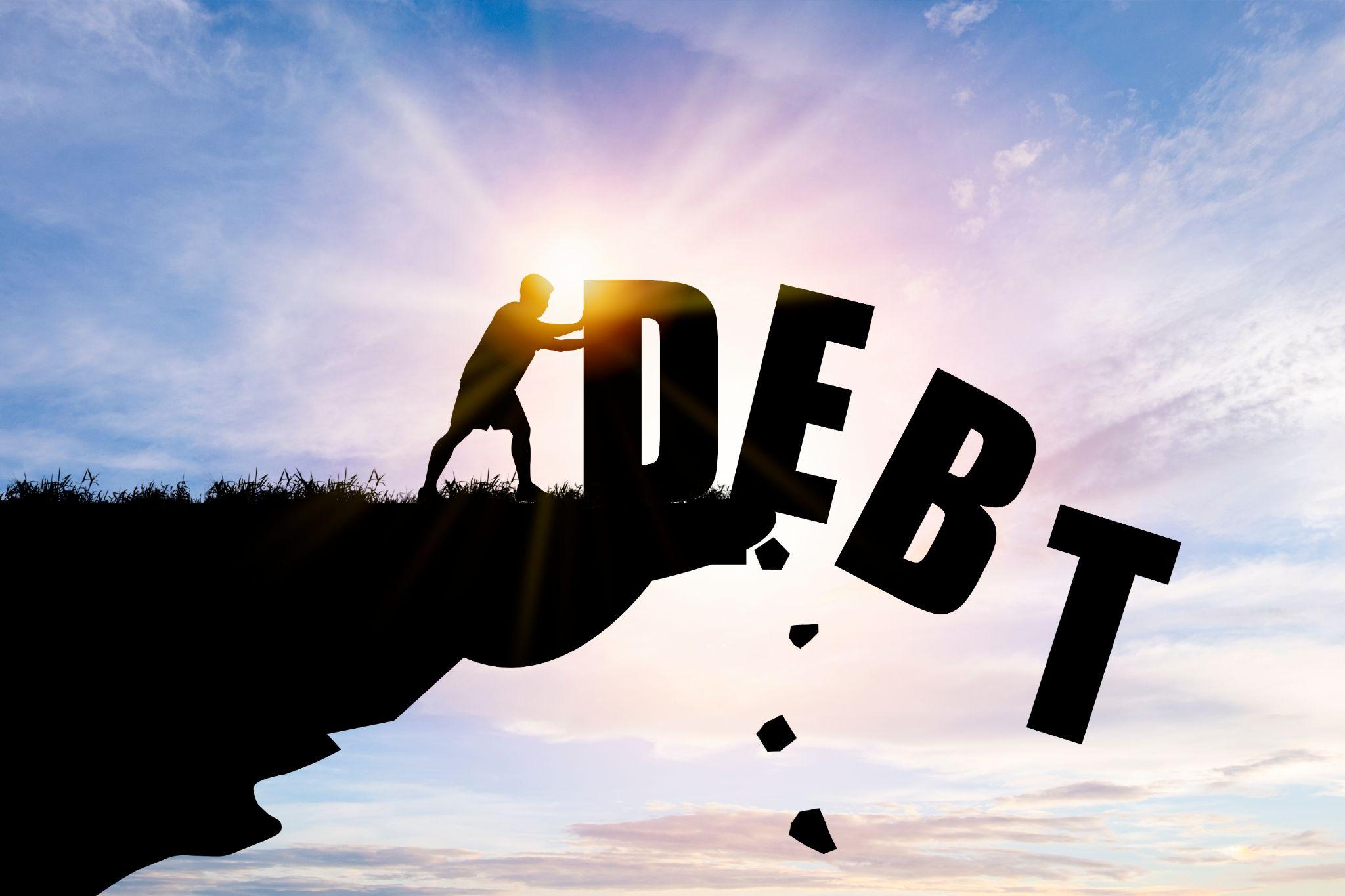Understanding Indebtedness
Indebtedness is a financial condition where an individual, business, or even a government owes more money than it can comfortably repay.
This situation often arises from borrowing beyond one’s means, poor financial planning, or unexpected challenges such as job loss, illness, or emergencies.
Living in debt can be stressful and limiting. It reduces your ability to save, invest, or achieve financial independence.
However, the good news is that getting out of debt is possible — with proper planning, discipline, and determination.
Step 1: Create a Realistic Budget
The first and most important step toward becoming debt-free is to create a realistic budget.
A well-prepared budget helps you track income and expenses, revealing where your money goes each month.
By listing all sources of income and comparing them against your expenses, you can identify wasteful spending and redirect that money to debt repayment.
A budget is your financial roadmap — it keeps you living within your means while systematically reducing your debt.
Step 2: Prioritise Your Debts
Not all debts are equal. Some attract higher interest rates or more severe penalties for non-payment.
List down all your debts — including credit cards, mobile loans (e.g., Fuliza, M-Shwari), personal loans, or sacco contributions — and decide which ones to pay first.
You can choose between two main repayment strategies:
- Avalanche Method: Pay off debts with the highest interest rates first. This minimizes the total interest paid over time.
- Snowball Method: Pay off the smallest debts first to build motivation and momentum.
Whichever method you choose, stay consistent and disciplined until all debts are cleared.
Step 3: Cut Unnecessary Expenses
One major reason many people stay in debt is spending on luxuries they can’t afford.
Cut down non-essential expenses such as:
- Eating out frequently
- Impulse shopping
- Entertainment or subscriptions you rarely use
Learn to differentiate between needs and wants. Living modestly now will open the door to financial freedom later.
Step 4: Increase Your Income
To accelerate debt repayment, consider ways to increase your income.
Some practical options in Kenya include:
- Side hustles: such as online freelancing, delivery services, or farming
- Part-time jobs or evening gigs
- Selling unused items like electronics, clothes, or furniture
- Starting a small business based on your skills (e.g., baking, cleaning, tutoring, or digital marketing)
Extra income directed toward debt repayment shortens the repayment period and reduces total interest costs.
Step 5: Negotiate With Your Creditors
If you are struggling to make payments, talk to your lenders before defaulting.
Many creditors are open to:
- Reducing interest rates
- Extending repayment periods
- Consolidating multiple debts into one manageable loan
Debt consolidation is especially helpful for those juggling several small loans, as it simplifies payment and can lower the total repayment cost.
Step 6: Avoid Taking New Loans
Avoid the temptation to borrow to pay off existing debt — this only creates a cycle of indebtedness.
If possible, stop using credit cards or instant loan apps until you’re financially stable.
Self-control and patience are vital during this stage.
Step 7: Seek Professional Financial Advice
Sometimes, debt problems stem from lack of financial knowledge, not lack of income.
Financial counselors or advisors can help you:
- Assess your debt situation
- Create a personalised repayment plan
- Offer practical budgeting and investment advice
In Kenya, organisations such as Sacco societies, banks, or NGOs occasionally provide free financial literacy programs — take advantage of them.
Step 8: Build Better Financial Habits
Once you’ve cleared your debts, focus on staying debt-free.
This means:
- Saving a portion of your income regularly
- Setting clear financial goals
- Building an emergency fund (at least 3–6 months of expenses)
Having savings helps cushion you from emergencies, preventing the need to borrow again.
Redirect the money you used for debt payments into investments, savings, or retirement plans to ensure long-term financial security.
Final Thoughts: Your Path to Financial Freedom
Getting out of debt takes time, persistence, and discipline — but it’s achievable.
With a solid budget, smart repayment strategies, and consistent financial habits, you can break free from indebtedness and enjoy true financial independence.
Remember: every shilling saved or wisely spent today brings you closer to a debt-free tomorrow.
